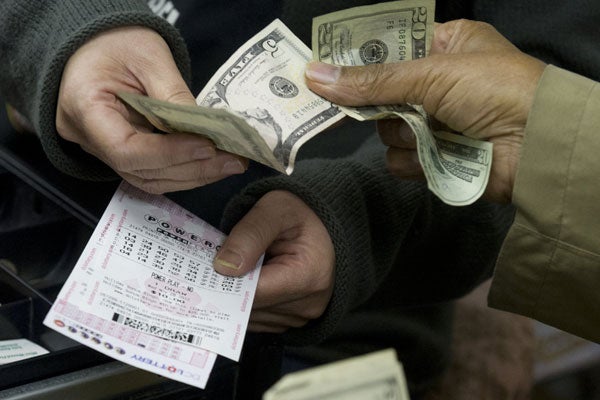Powerball Jackpot Taxes: How Much Government Would They Pay For?
Emily Goff /
The two lucky winners of the Powerball jackpot are a part of Powerball history. Of course, the winnings are subject to federal taxes, making the spoils a little less sweet. But since the President wants to tax the wealthy, let’s see how much taxing these new multimillionaires buys us in the way of government.
Let’s assume that the two winners who will split the jackpot take the estimated $379.8 million lump sum. After all, with President Obama’s call for a tax increase on upper income earners, a call echoed by Warren Buffett, these newly minted millionaires could face a 39.6 percent rate—not the current 35 percent.
Suppose they’re smart, though, and take the money this year. Then the federal government keeps $132.9 million and the winners keep $246.9 million—less whatever state and local taxes they will owe.
Total spending in fiscal year 2012 was $3.54 trillion. Put in other terms, the government spent an average $9.7 billion a day, $404.1 million an hour, and $6.7 million per minute. Do the math, and that $132.9 million in tax revenue would fund the entire federal government for a whopping 20 minutes.
But what if you just wanted to pay for one part of government? Congress, perhaps. In 1981, former Senator John Breaux (D–LA) famously quipped to reporters, “My vote can’t be bought, but it can be rented.” Well, for $132.9 million, the entire legislative branch could be “rented” for less than 10 days.
Sure, a few hundred million dollars is not a lot of money by Washington standards. After all, the federal government has to pay the interest on debt accumulated from past deficits, and it has core functions such as funding our national defense. But this simple exercise puts the massive size and scope of the federal government into perspective. Federal spending is already at 23 percent of GDP, well above the historical average level of 20.2 percent. Driven largely by rising entitlement program spending, total spending is on course to reach 43 percent of GDP within a few decades. (continues below chart)
More revenue through higher tax rates on high-income earners, as the President proposes, won’t solve the federal government’s fiscal problems. It’s clear how much government that actually buys. No, instead it’s time for the President to start offering proposals to cut spending.

